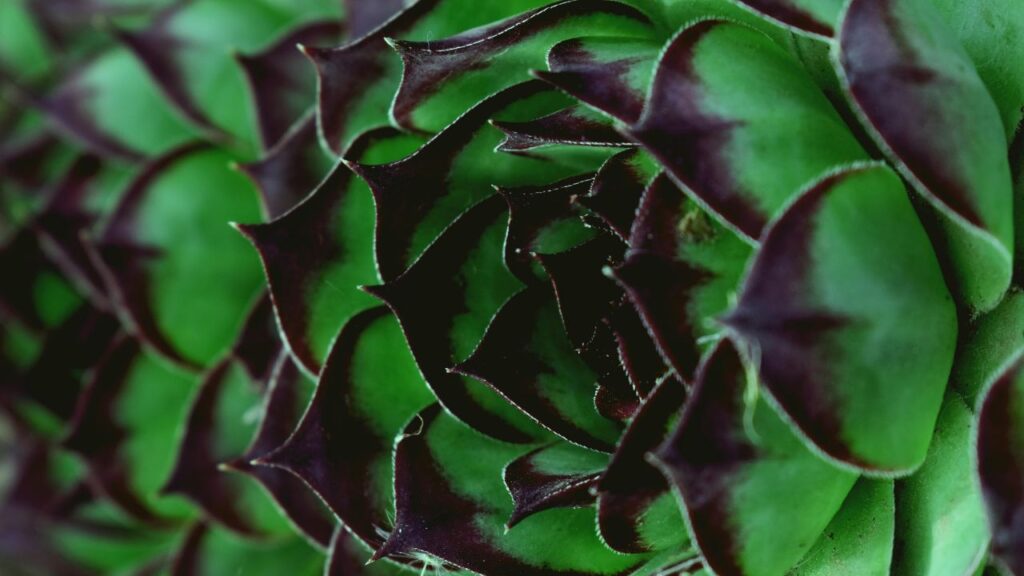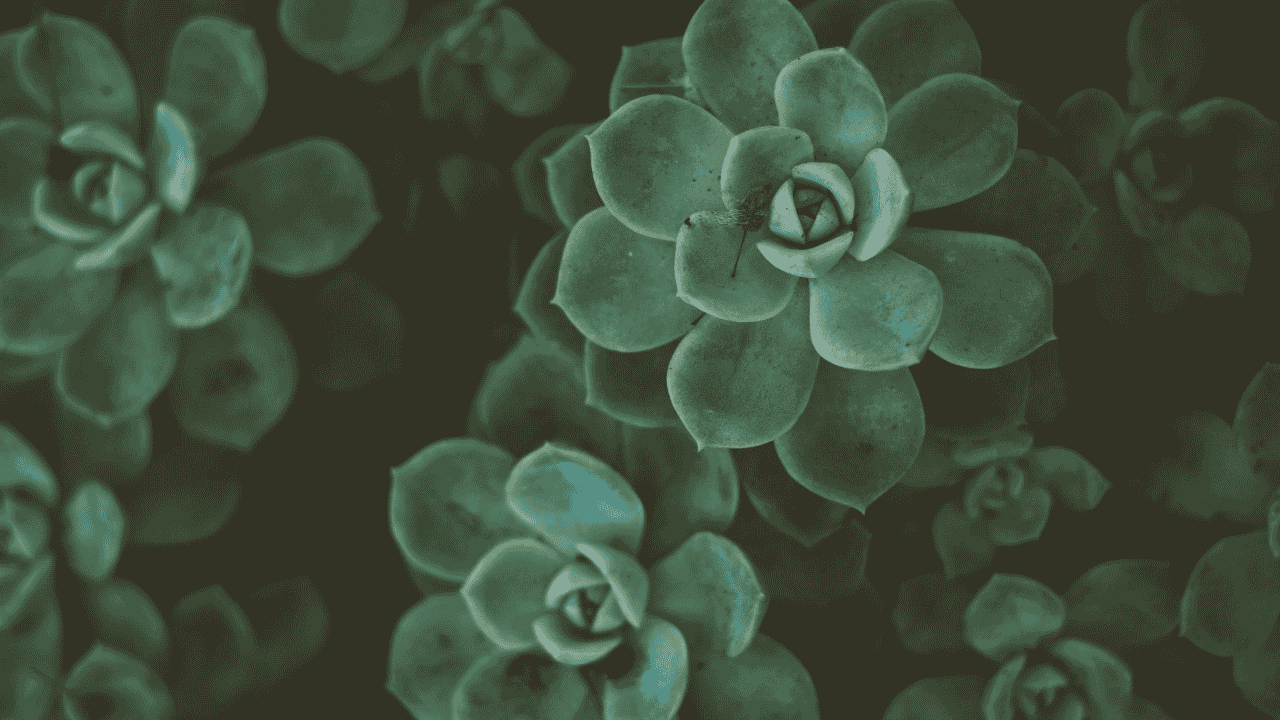Zeroscaping revolutionizes outdoor spaces by blending water conservation with striking design. Unlike xeriscaping (which focuses solely on drought-resistant plants), zeroscaping embraces a holistic approach—incorporating rock features, native flora, and smart irrigation to create sustainable, eye-catching landscapes. This guide unpacks the benefits of zeroscape, from slashing water bills to effortless upkeep, while providing actionable design strategies. Discover how to transform your yard with:
- Drought-resistant plants
- The gravel, sand & rock features
- Minimal grass or turf
- Smart irrigation systems
Zeroscape, in contrast to traditional landscaping that needs regular watering and maintenance, lessens your reliance on water and also helps bring down maintenance costs.
Xeriscape
Becoming a Xeriscaped environment requires selecting sustainable landscape features which reduce irrigation dependency for designers to implement. The Greek origin of “xeros” means dry and became the basis for the xeriscape terminology. Its essential goal involves developing landscapes with minimal water requirements. Xeriscape designs focus on plant diversity and environmentally conscious water management techniques, unlike zeroscape designs, which tend to include more hardscaping elements. This is an overview of xeriscape, our today’s blog is about zeroscape so you will read just about it.
Benefits of Zeroscape Landscaping
Water Conservation
Rate of water consumption is one of the biggest perks of zeroscape. Traditional lawns may use thousands of gallons of water per year, compared to zero-scape designs that have little to no irrigation needs.
Low Maintenance
Zeroscape landscaping removes the need for regular mowing, pruning, and watering. You can have a self-sustaining garden using native and drought-tolerant plants.
Cost-Effective
Zeroscape only needs minimal watering and maintenance, which can enable homeowners to save money on water bills, lawn care services, and gardening supplies.
Eco-Friendly
These plants are local so need less watering and using less amount of water in the garden helps reduce the environmental impact. Also, rock gardens and ground cover, stop soil erosion.
Aesthetic Appeal
With its natural, minimalist beauty, a well designed zeroscape can boost your home’s curb appeal more than all the plastic flamingos you can buy. A contemporary, chic outdoor area can be made using rocks, succulents, and ornamental features.

Designing a Zeroscape Landscape
1. Plan Your Layout
Begin by evaluating the conditions of your yard: the type of soil you have, how much sunlight the area receives, drainage, etc. It can range from an overview to the details of pathways, rock beds and plant groupings.
2. Choose Drought-Resistant Plants
Choose drought-tolerant plants that suit your area’s climate. Some great options include:
- Aloe, Agave, Sedum – Succulents
- Native grasses
- Lavender
- Yucca
- Cacti
- Sage
3. Use Hardscaping Elements
Hardscaping refers to the non-plant-based aspects like rock, gravel and pavers. These materials provide texture and contrast in your landscape and also mitigate water use.
4. Soil Improvements & Mulches
Add compost and organic material to your soil for better drainage and healthier plants. Mulching with wood chips or decorative stones retains moisture and keeps weeds at bay.
5. Install Efficient Irrigation Systems
It’s better to use drip irrigation or soaker hoses that save a lot of water. These systems deliver water directly to roots, thus reducing evaporation and waste.
6. Maintain and Update
While zeroscape is low maintenance compared to traditional gardens, occasional weeding, pruning, and soil checking will ensure your landscape stays looking fresh and bright.
Common Zeroscape Mistakes to Avoid
- Selecting the Wrong Plants — Not all drought-resistant plants are suitable for every region. Learn about the native plants most suited to your area.
- Ignoring Drainage — Not paying attention to drainage may cause water to settle and this could ruin a plant and form an unpleasing look.
- Too Many Rocks — Rocks are an important element of zeroscape design, but too many rocks gives off a hard, unfriendly appearance and can raise the ground temperature.
- Soil Preparation Neglect — Healthy soil is essential for plant survival. Incorporate native organic matter to expand root and soil structure.
- Diversity — A good zeroscape has a variety of plants, textures, and colors to provide some beauty.

Common Myths About Zeroscape
1: Zeroscape Is All About No Plants
While zeroscape eliminates the need for water-guzzling vegetation, that does not mean your yard needs to become desolate. You can still have a lush, vibrant landscape using drought-tolerant species.
2: Zeroscape Is Only for Desert Climates
This works in any climate — the principles of zeroscape. You can design a water-efficient landscape anywhere, by picking plants and materials that are appropriate to your region.
3: Zeroscape Is Pricey
Although the initial cost may be greater than traditional landscaping, in the long term, zeroscape is more economical in terms of water and maintenance costs.
Conclusion
Zeroscape isn’t just a landscaping trend—it’s a sustainable, practical, and beautiful way to transform your outdoor space. When you practice zeroscape, you save water, minimize upkeep, and create a yard that is not only useful but attractive. Whether you are living in a dry climate or just want to lower your environmental footprint, zeroscape is something that is great for both you and the earth.
Ready to get started? Consider this your guide to crafting a beautiful zeroscape yard that your neighbors will long to behold. And, as always, every little bit helps sustainability smile.
Take the plunge and create your zeroscape today; you will ever have an environmentally friendly paradise.
Pros and Cons
| Feature | Zeroscape | Xeriscape |
| Water Usage | Minimal | Low |
| Maintenance | Very low | Low |
| Plant Variety | Limited | Diverse |
| Aesthetic | Minimalist, modern | Lush, natural |
| Installation Cost | Moderate | Moderate to high |
| Soil Preparation | Minimal | Requires improvements |
| Hardscaping | Extensive use | Balanced use |
FAQs
Is it zeroscape or xeriscape?
The name “zeroscape” emerged from mispronouncing “xeriscape” in the first place. After its existence as a basic planning feature zeroscape developed into an independent garden design for spaces. The two landscaping approaches named xeriscape as well as zeroscape resemble each other but function in distinctive ways.
Is zeroscape a word?
The Greek origin of Xeriscape derives from its fundamental meaning of dry or arid ecological conditions. Xeriscape represents the standard correct form of the word Zeroscape. When pronounced correctly Xeriscape should be said “zeer-i-scape” instead of “zee-ro-scape”.
What is the downside of xeriscape?
The many advantages of xeriscapes come with specific disadvantages. The main cause of failure in xeriscape plantings stems from insufficient weed management practices. Our rainfall keeps weeds sprouting without natural irrigation, though it may not provide enough water for many other desirable plants. Weed control is an absolute essential.
How much does zero landscaping cost?
The average cost for your project can be estimated through square foot measurement at $5 to $20 per square foot.
What is zero scaped?
The term zero-scaping which has a phonetic similarity with xeriscaping sometimes gets interchanged with the latter term. The real meaning of zero-scaping points to special minimalistic low-water landscaping designs which contain either minimal or no plants.
